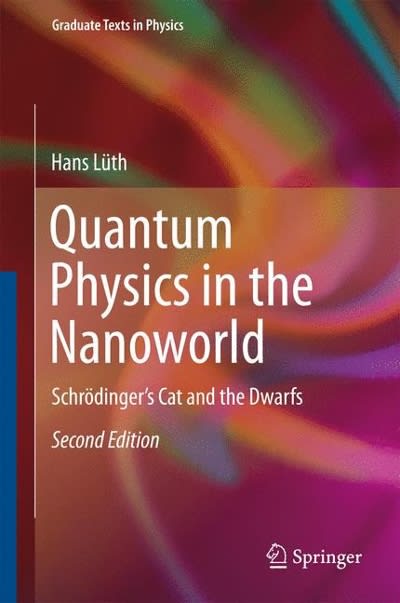Answered step by step
Verified Expert Solution
Question
1 Approved Answer
It is the pre lab working Charge to mass ratio of the electron (e/m). This section based on data collection from Motion of Electrons in
It is the pre lab working "Charge to mass ratio of the electron" (e/m). This section based on data collection from Motion of Electrons in the e/m Apparatus and the Helmholtz Coils.Please help me do these question. Thanks so much in advance.

Step by Step Solution
There are 3 Steps involved in it
Step: 1

Get Instant Access to Expert-Tailored Solutions
See step-by-step solutions with expert insights and AI powered tools for academic success
Step: 2

Step: 3

Ace Your Homework with AI
Get the answers you need in no time with our AI-driven, step-by-step assistance
Get Started


